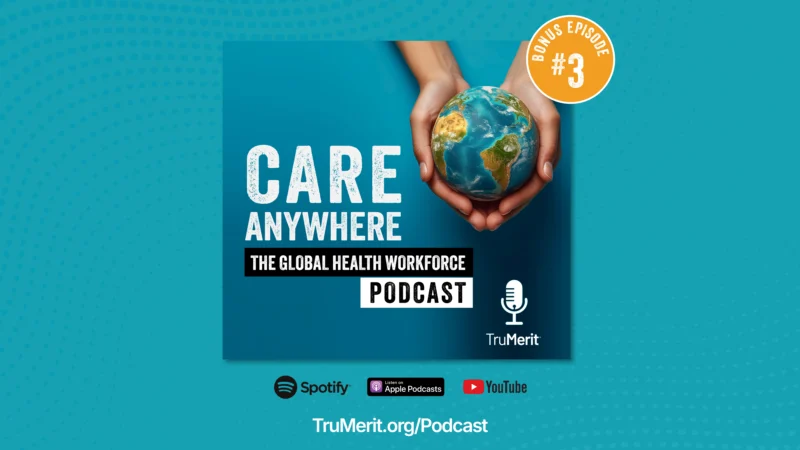The University of Kansas Announces Grant Funding for Knee Imaging Biomarkers Acquired from Weight Bearing CT
The University of Kansas Medical Center Research Institute Department of Rehabilitation Medicine has received a grant from the National Institute of Arthritis Musculoskeletal and Skin Diseases (NIAMS), one of the 27 Institutes and Centers at the National Institutes of Health (NIH), to fund three years of research on the usefulness of bilateral weight bearing CT imaging and the critical need for more sensitive and affordable imaging biomarkers.
Osteoarthritis (OA) is the most prevalent form of arthritis, and the knee is the most commonly affected weight-bearing joint. The high cost of clinical trials creates a barrier for effective treatment development. Therefore, introduction of more specific and sensitive biomarkers could help to advance therapeutic development by reducing the time and sample sizes required for clinical trials.
Proposed Outcomes
There is an urgent need for imaging biomarkers that allow for identification of the best time in which patients will respond to treatment, and a means to analyze the efficiency of interventions. Early studies demonstrated the diagnostic value of bilateral weight-bearing CT in identifying knee OA symptoms accurately, as well as the feasibility to detect meniscal tears not detected by non-weight bearing MRI.
The grant from NIAMS will fund a study to validate the proposed imaging biomarkers and begin the qualification process for more responsive OA imaging biomarkers acquired using low-dose, bilateral standing CT imaging. Substantial advantages are offered over traditional radiographic biomarkers, including increased responsiveness to temporal changes in the joints, and a better reflection of the symptoms and severity of the disease. Additionally, this research will determine the prognostic validity of standing CT findings for detecting progression and worsening pain in people who currently suffer from or are at risk for knee OA.
Long-Term Impact
With the support of NIAMS, this research holds promise to detect joint damage earlier, and accelerate the pace of scientific discovery and clinical trials. The continuing impact will be evident through a shift in knee joint imaging with an improved biomarkers for monitoring knee OA disease features. If the additional meniscal extrusions detected on bilateral standing CT are clinically relevant, then standing CT could improve identification of the most appropriate patients for clinical trials – those at risk of rapid OA progression. Successful completion will provide improved biomarkers that will help those who suffer from knee OA through making clinical trials more affordable and accelerating therapeutic improvement.
For more information on visualizing cartilage and menisci in the knee using standing CT arthrogram versus MRI, click here.
Read more at curvebeam.com









